Is it just me, or is every noteworthy quote in US history derived from either Ben Franklin or Mark Twain? One of them said this:
By failing to prepare, you are preparing to fail.
Guess which one? You have a 50-50 chance.1
John Wooden and many others have paraphrased this sentiment since then. It’s mentioned repeatedly by leaders, consultants and planners all over the globe. I guess it might be a useful admonition, then.
But if you don’t anticipate correctly, you won’t know what to prepare for in the first place. And sometimes the view ahead isn’t entirely clear.
I’ll come back to the preparation thing in a moment.
The problem with stoats
Problem, what problem? Aren’t they cute? Those big ears and feet, and so soft and furry looking, who could resist them?
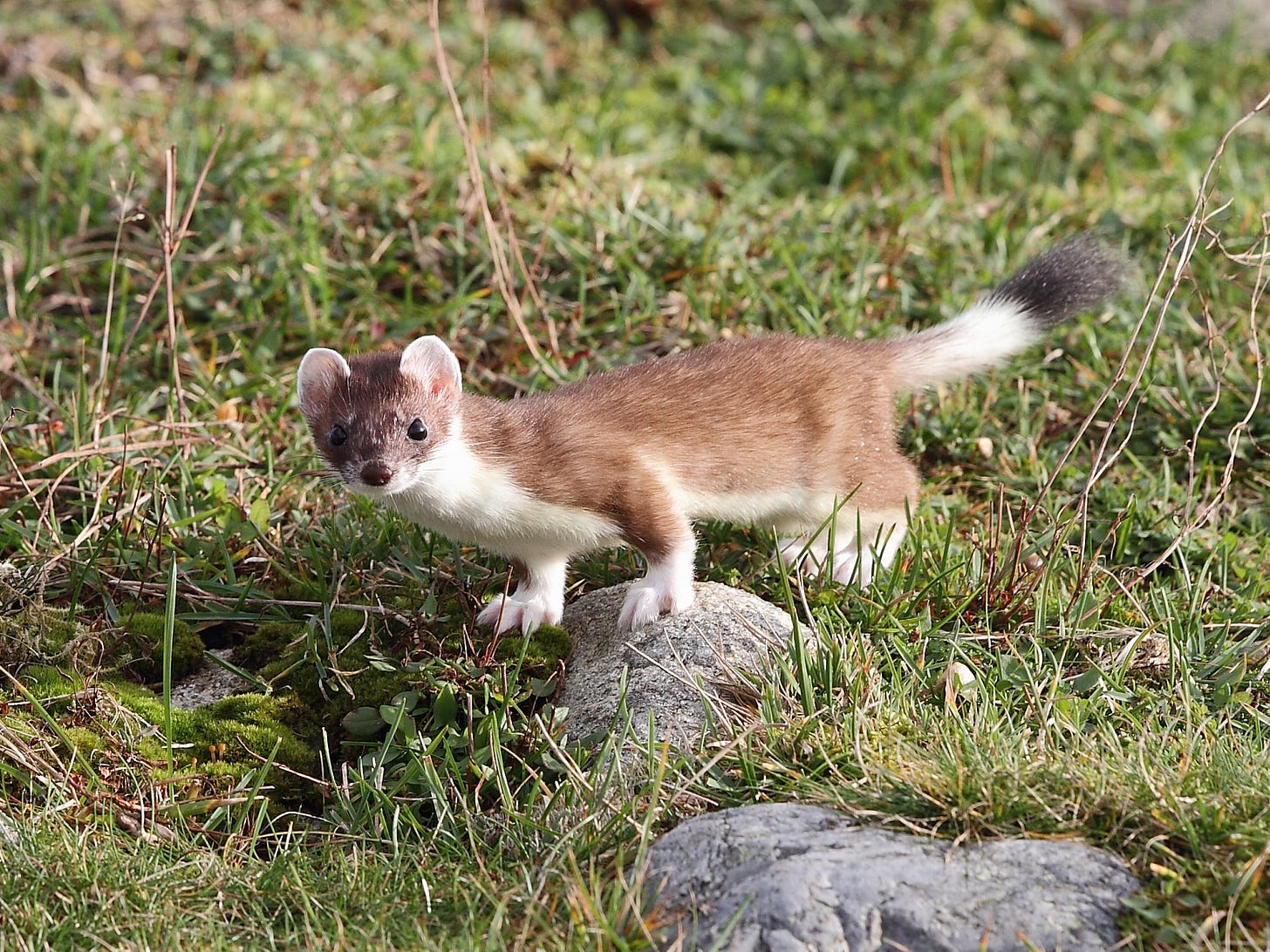
It’s not just you who can’t resist. It turns out, their prey doesn’t put up much resistance either.
I mentioned earlier that New Zealand doesn’t have any natural land mammals (excluding bats, which I overlooked as being land-based). Nor do they have snakes or other threatening reptiles. Very limited predators have existed for many of its denizens, for a very long time.
Then came Polynesians, and more tragically (for many species) Europeans. Mostly British settled here. They loved to hunt, and brought deer and rabbits to settle with them.
But rabbits breed like… well, rabbits. And farmers soon were losing crops to the little fur-balls, and demanded help to protect their farms. Stoats were brought in to address the problem. I’m sure it made sense to the people who brought them, especially since stoats prey on European Rabbits in England. But that’s a different place. Stoats often do their hunting on the ground, invading burrows, and they hunt on the ground in New Zealand, too, but they are also super adept at climbing. Compare them to squirrels, they are so adept. And like weasels, they are voracious and ferocious hunters, easily able to take prey much larger than themselves.
But they won’t fight if they don’t need to. Not when the food is just sitting there waiting for them, like a buffet.
Who is that a problem for? Native birds that, after hundreds and thousands of years of evolution, had never dealt with a predator. Birds that live and breed on the ground, in addition to those in the trees. Birds that I never saw because they are now so rare, like the kiwi, and birds that I did see, including these:
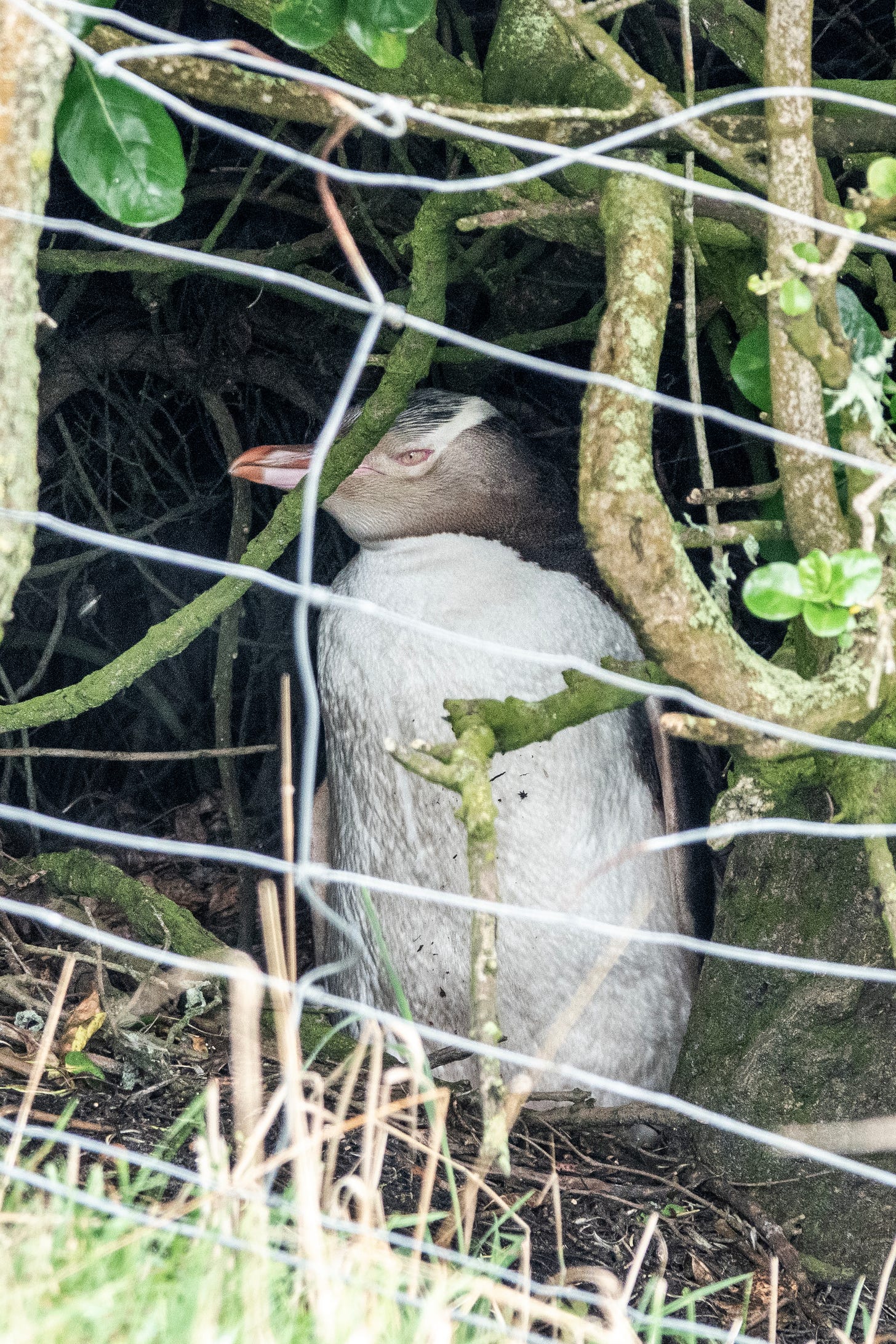
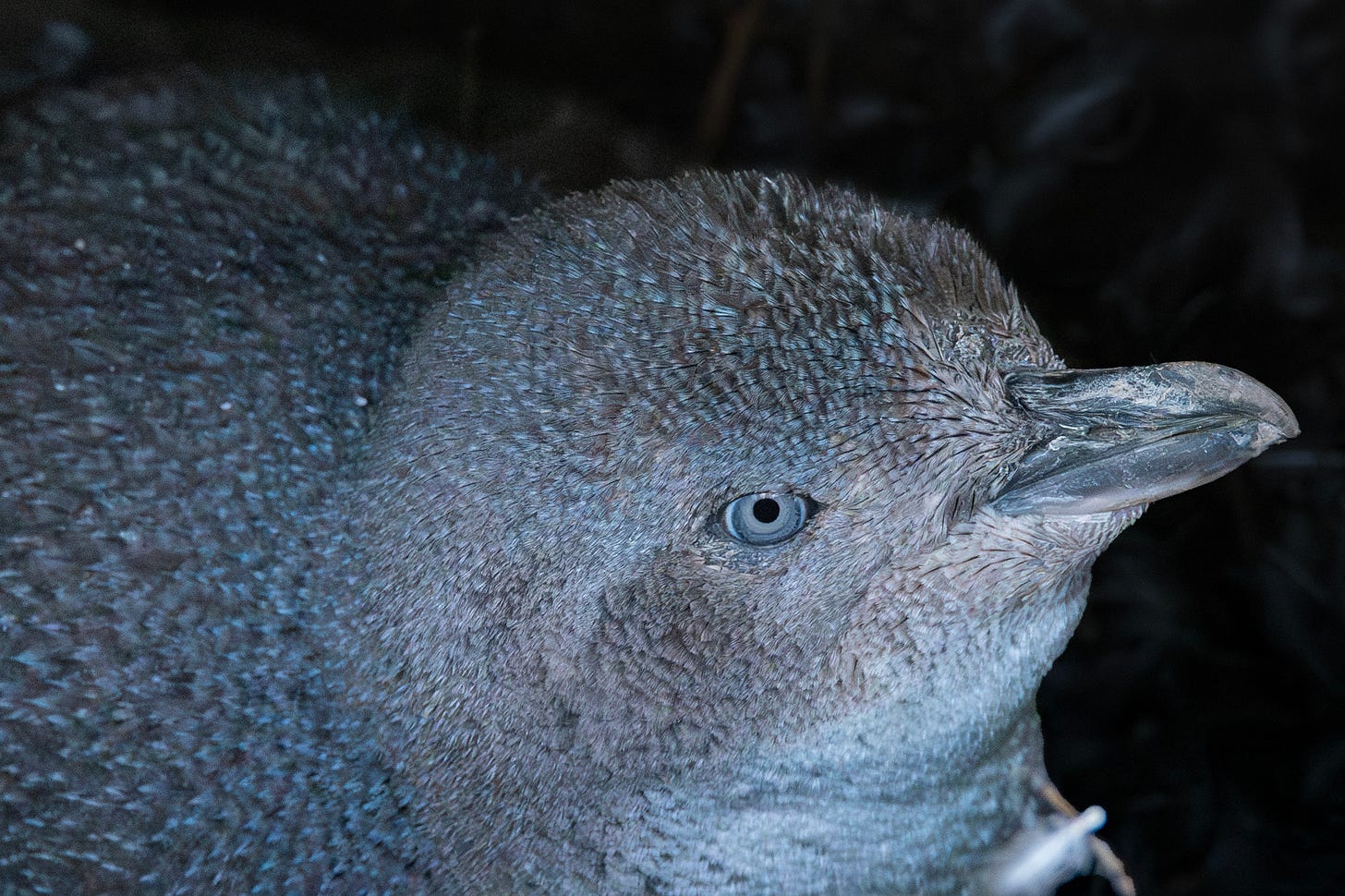
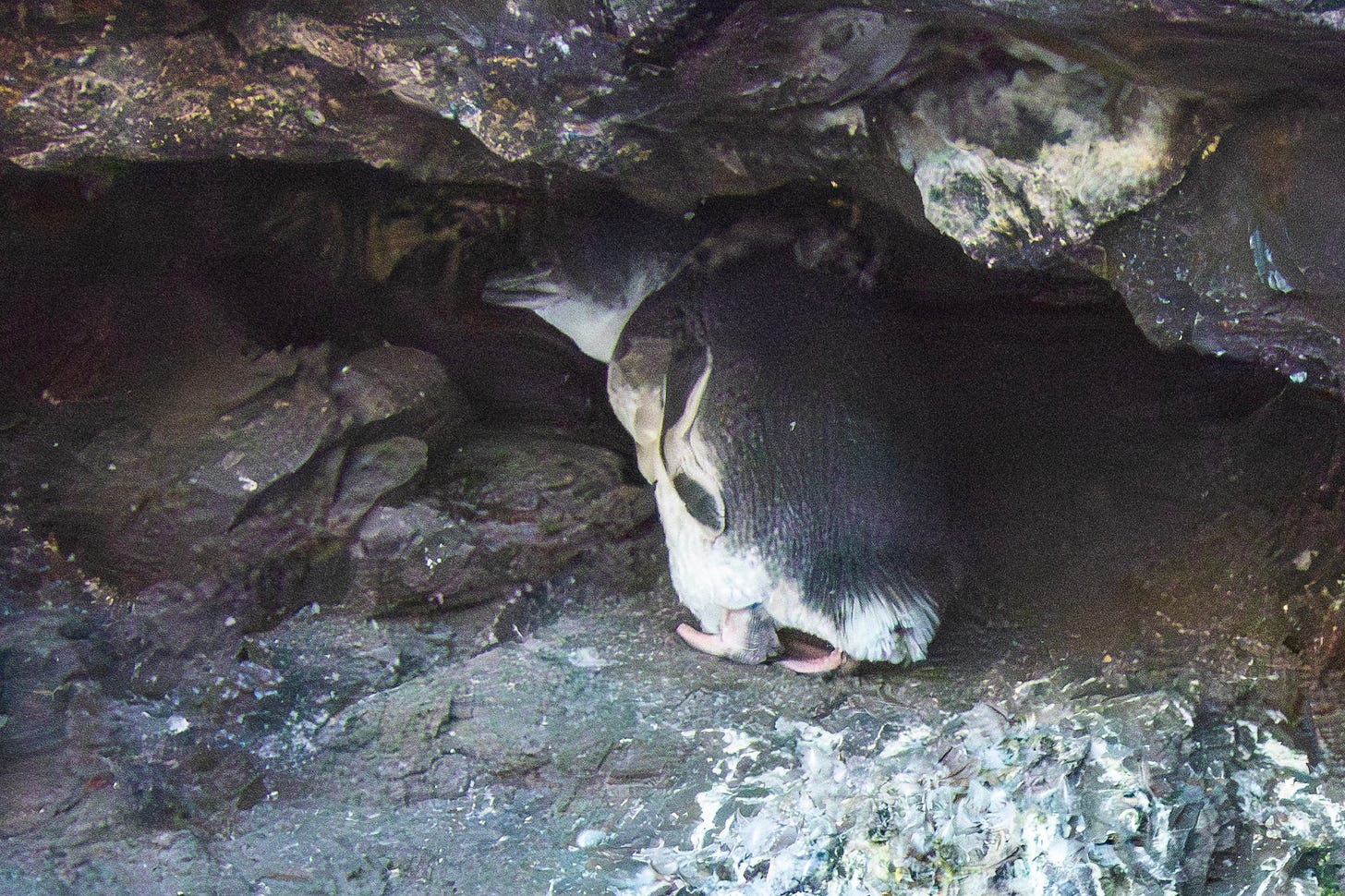
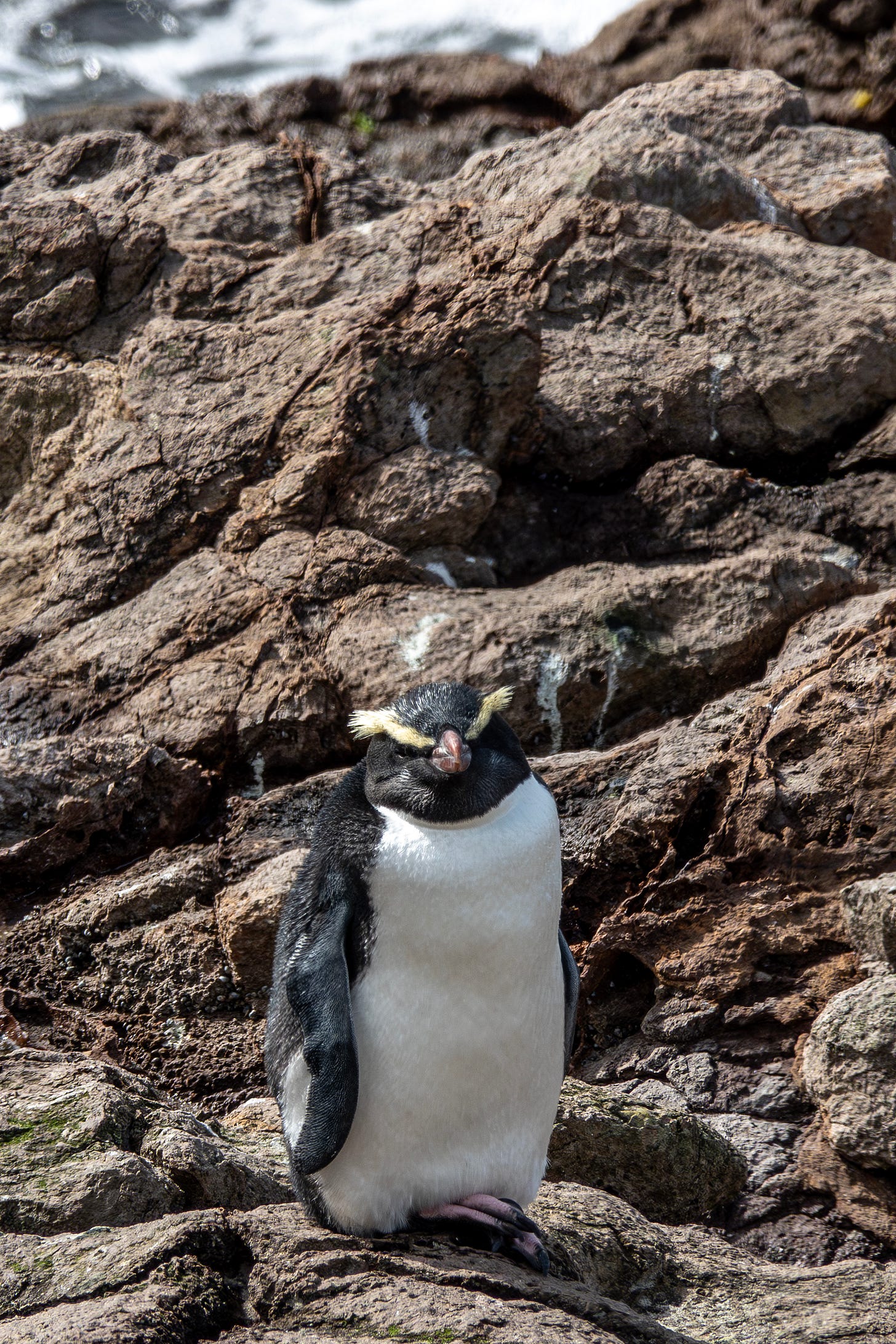
The previous birds all nest on the ground and are endangered. Stoats are more than happy to capture adults, but they especially love eggs and baby birds. So easy for them!
The following birds are not currently threatened or endangered as a species (mostly), although try telling that to any individual avian parent! Stoats go for them as well. They eat 1/4 of their body weight every single day.
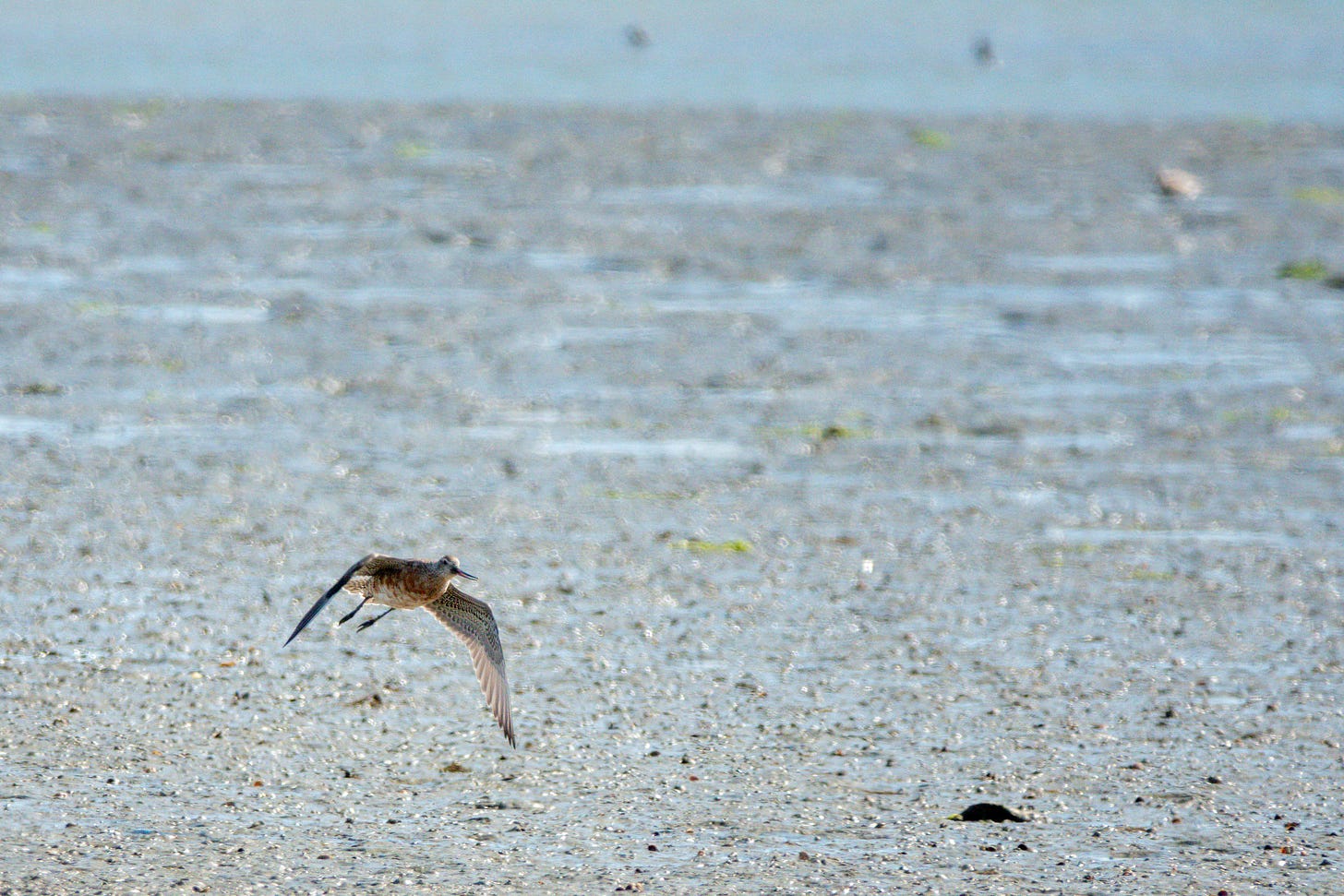
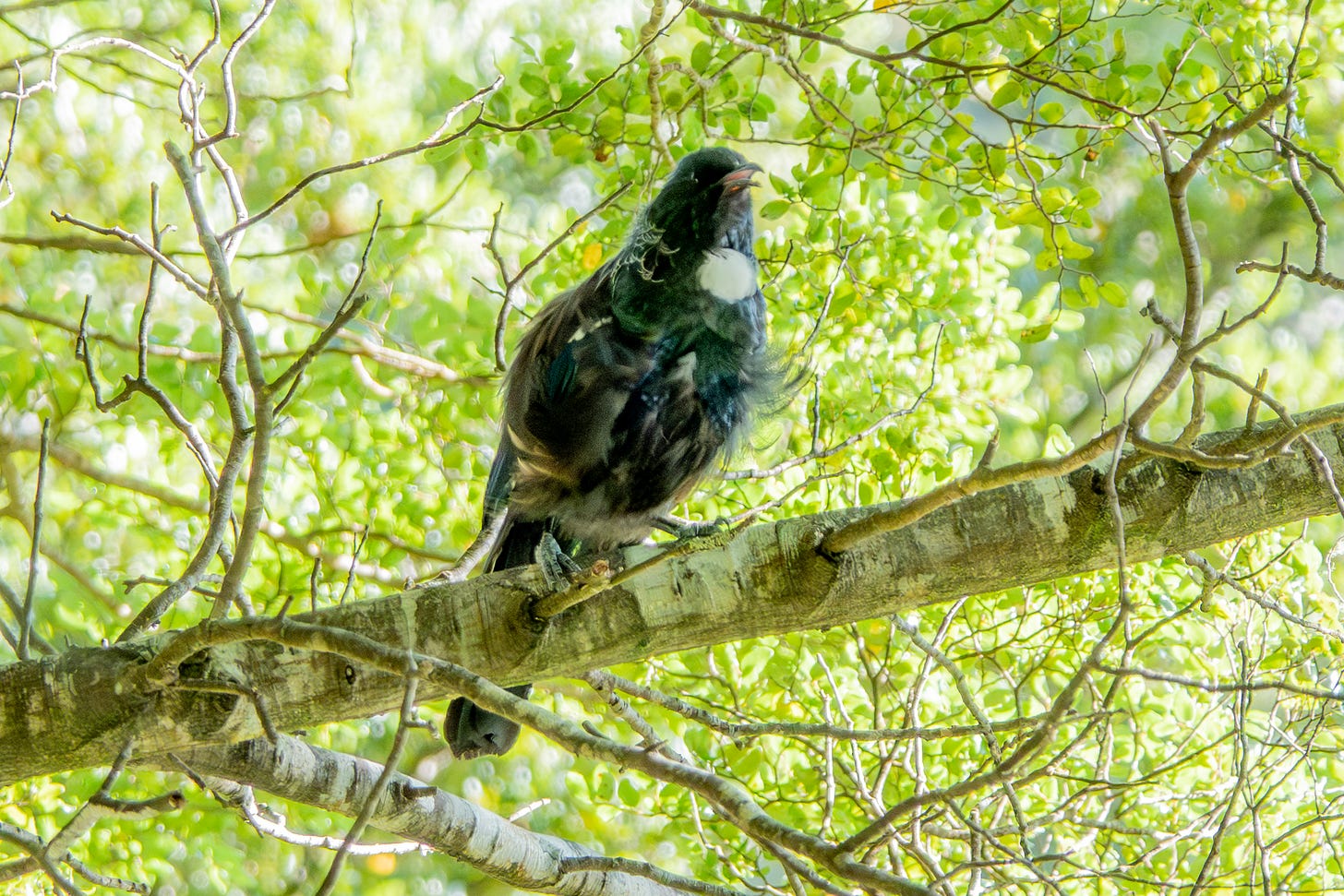
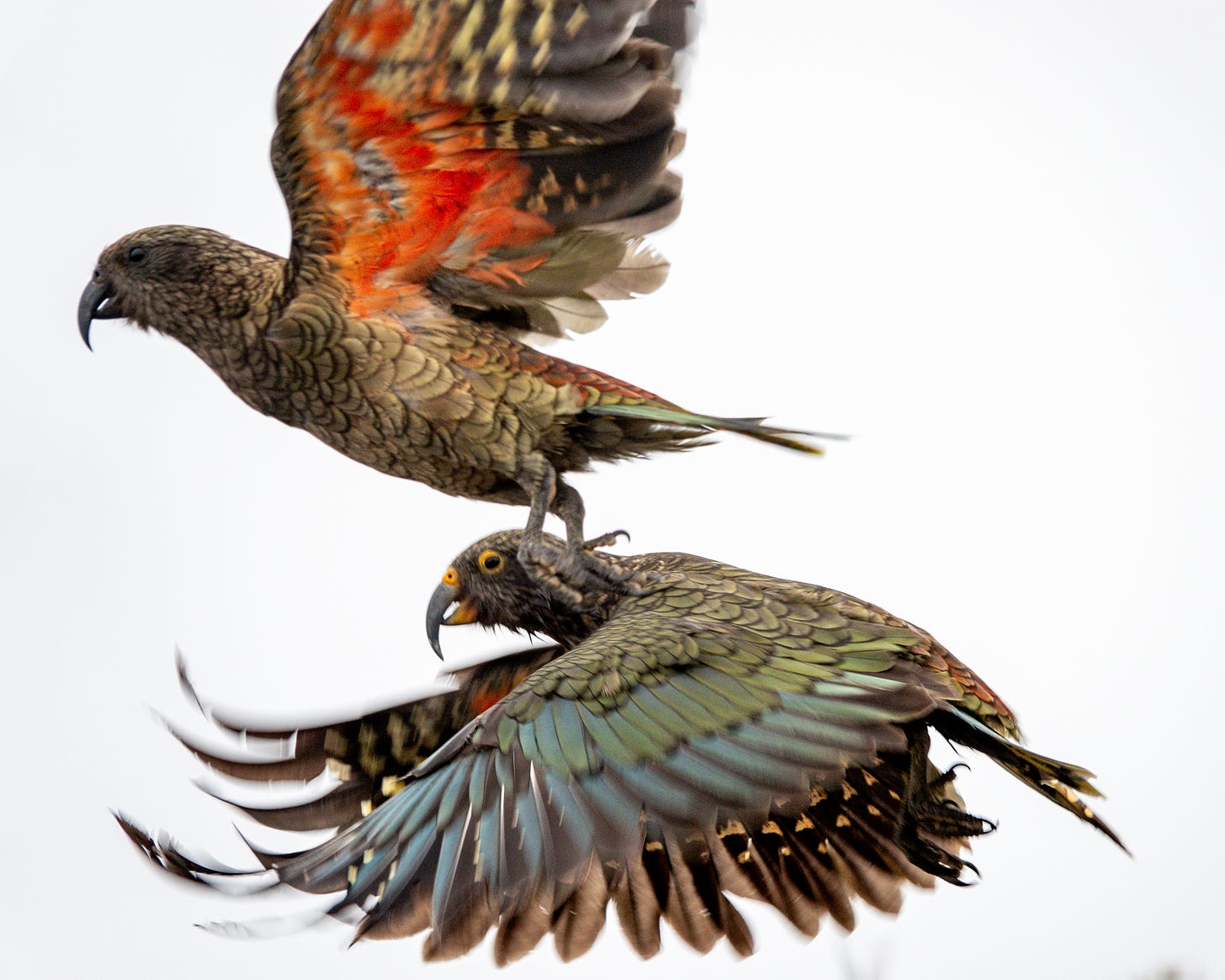
Failing to Prepare, and my dilemma
In our month of travel we saw only one living stoat in the wild. It was crossing the road when I was behind the wheel, driving across the island (so no photograph). We’d been in country for three weeks, so I recognized it immediately. I’d seen photographs at trail heads and seen the traps everywhere, on the sides of roads, along trails, out in open fields. I’d learned a lot about how they are baited, the volunteer network that refills and resets them, etc.
So I knew very clearly that it’s considered an act of national service to help eliminate them, whenever possible.
There it was, crossing the road about 100 feet ahead of me. I was approaching fast enough. It was moving slowly enough. I would have had a good chance.
But for decades I’ve tried NOT to run things over in the road. And I wasn’t prepared for the moment. Therefore, my brain didn’t process everything quickly enough. I stayed in my lane and drove past. Meanwhile, it just ambled across, and into the brush as I looked through my rear view mirror. Off to find its next victims.
There’s a part of me that is glad I wasn’t prepared. I wouldn’t have enjoyed actively killing the animal. I’ve killed rats; that’s not my favorite activity, either. It would be nice to avoid all of it. But I understand the need.
It’s the problem with stoats.
Until next time,
P.S. the first image in this story is the last one I captured in New Zealand. In the foreground are sand dunes at Sand Fly Bay (another gorgeous place), near Dunedin. Moving from the bottom of the image to the top, the dunes fade into clouds and sky. It appears that there are ocean waves and a coastline in the middle of the image, but those are clouds, too.
Limited Edition Prints for Sale
Speaking of clouds:
This is an Extremely Limited Edition of prints for the series called Seas and Skies. I’ll make just five 16x24” archival, Numbered Prints (and two Artists Prints), each with associated certificate of authentication.
*Closing Curtain is Sold Out*
Bring peace and joy to someone’s 2025 with these. And yours, by the giving.
Is there something here you like or dislike? Questions? Have anything else to say? Let us all know by clicking on the Comments button below, and express yourself. Don’t be shy, now.
If you like this post you’re bound to like the next one as well. I’m sending them weekly. Quit any time, or better yet, stay and read on!
Know anybody who should hear about all this? Be a friend and let them know!
Or, are you interested in seeing more work? My website welcomes you. We may even want to work together. I promise a joyous and productive experience if we do.
Visit: www.dobkinphoto.com
Chalk this one up to Ben.


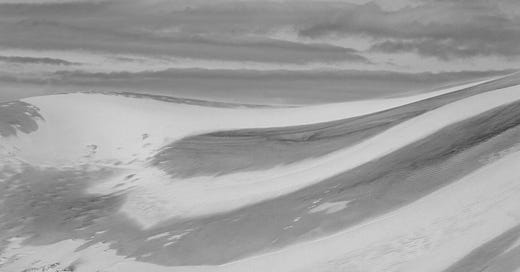


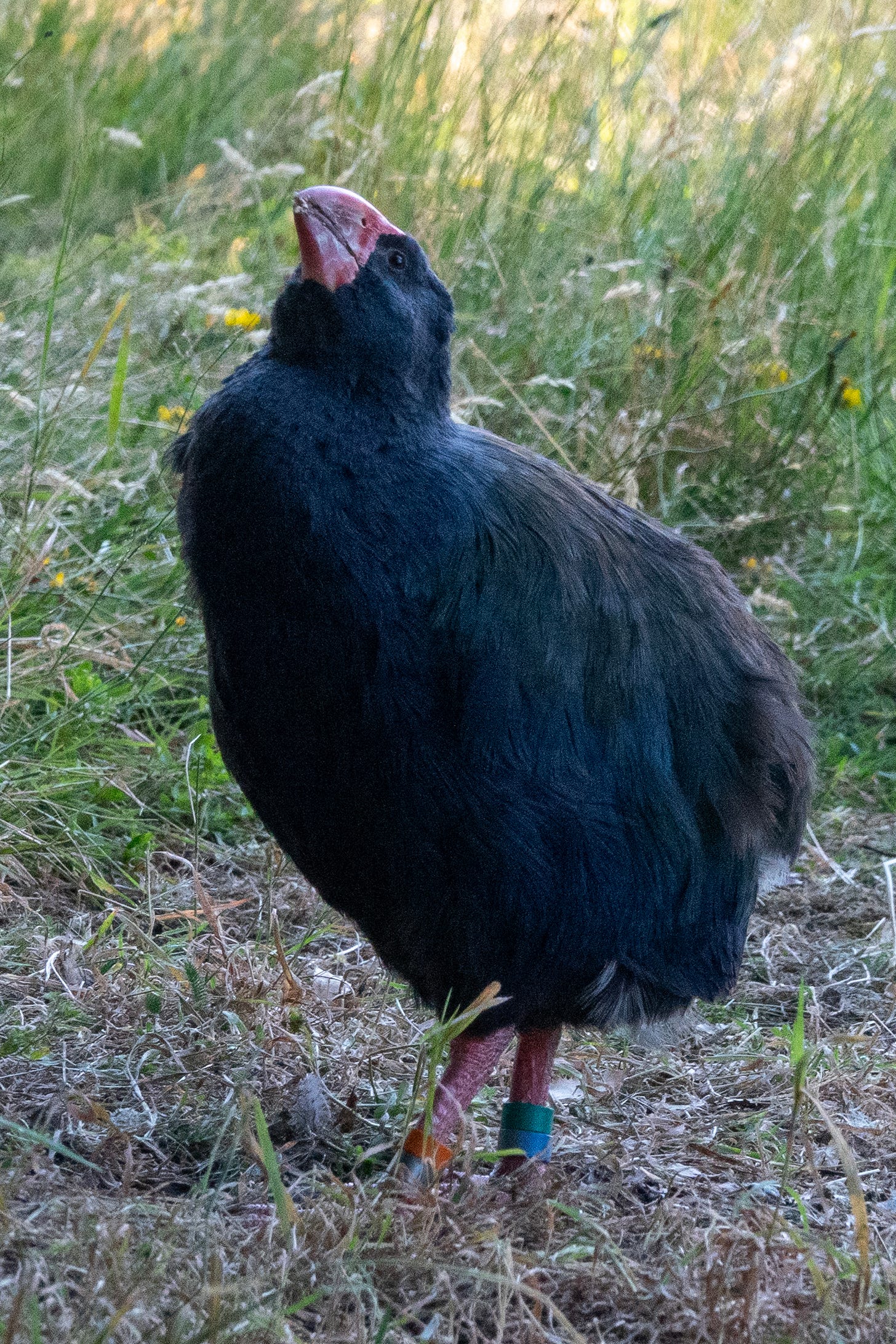
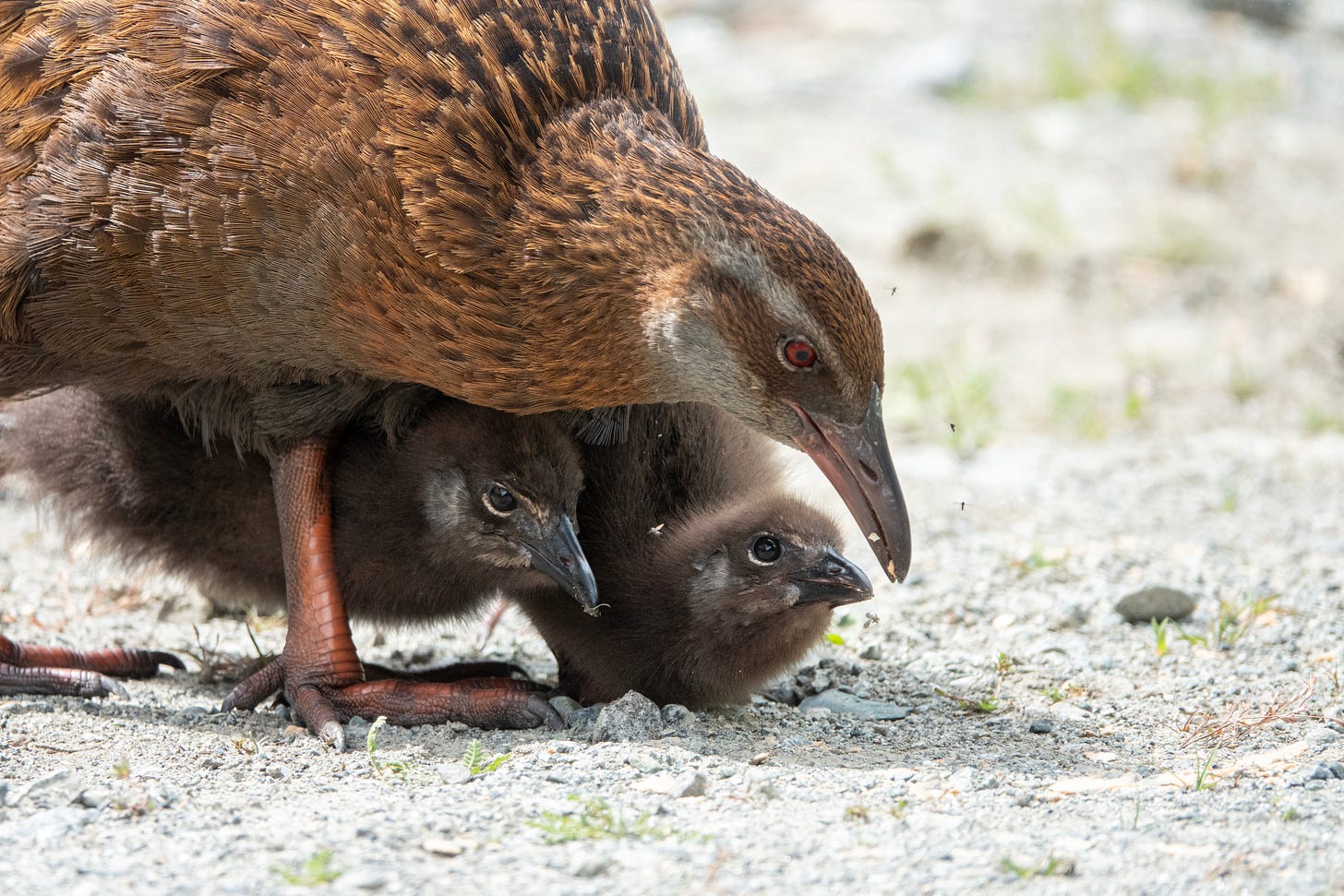
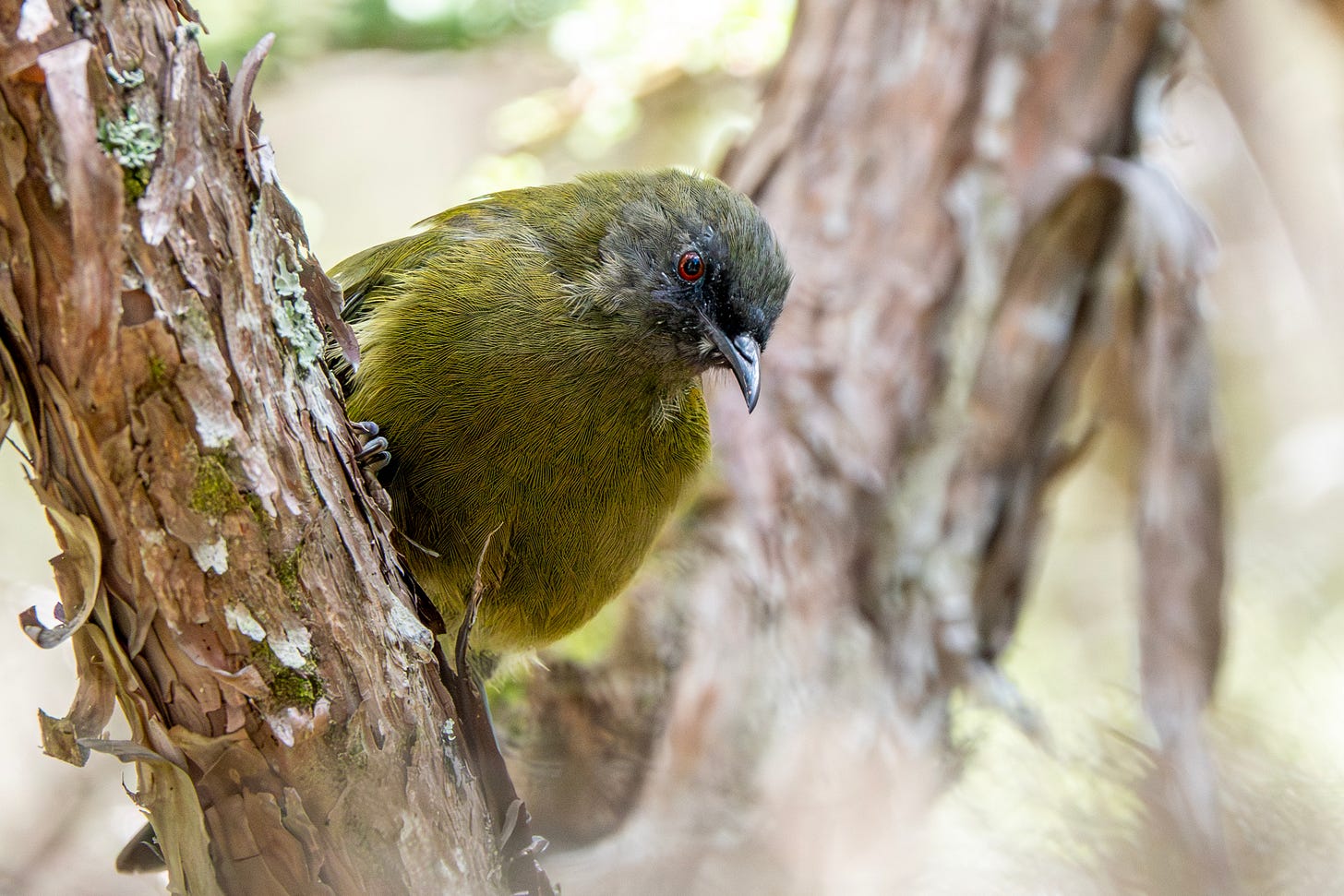
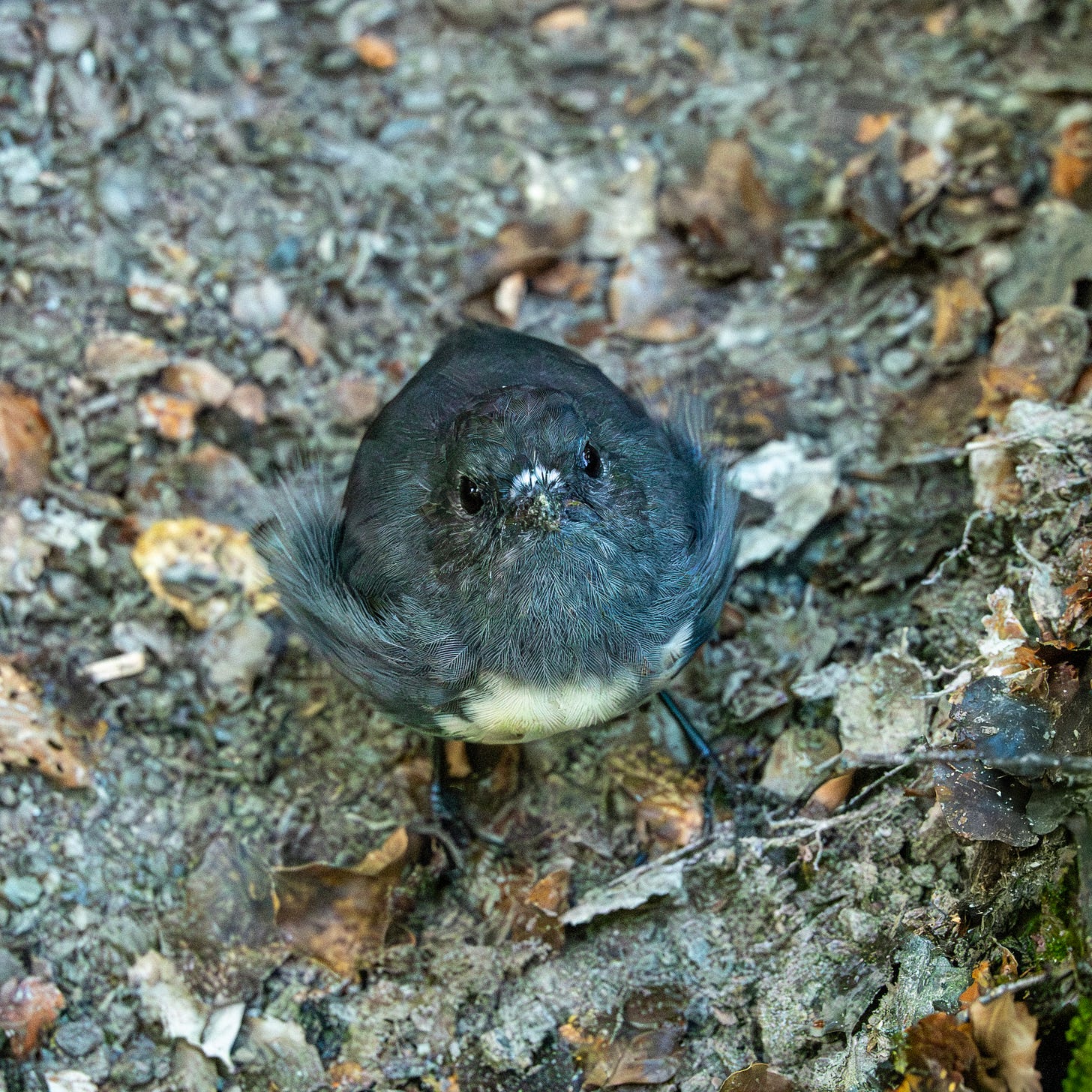
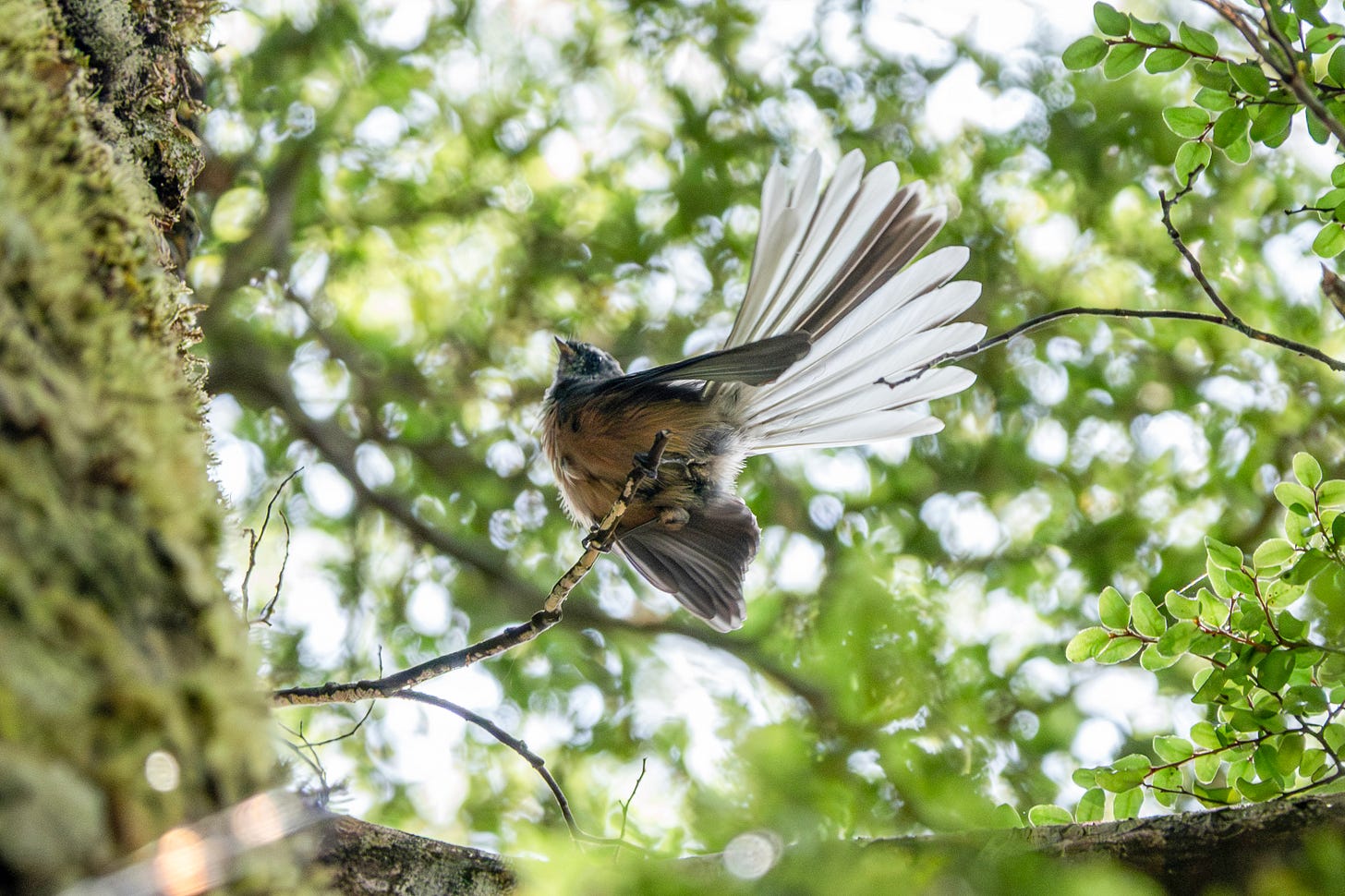
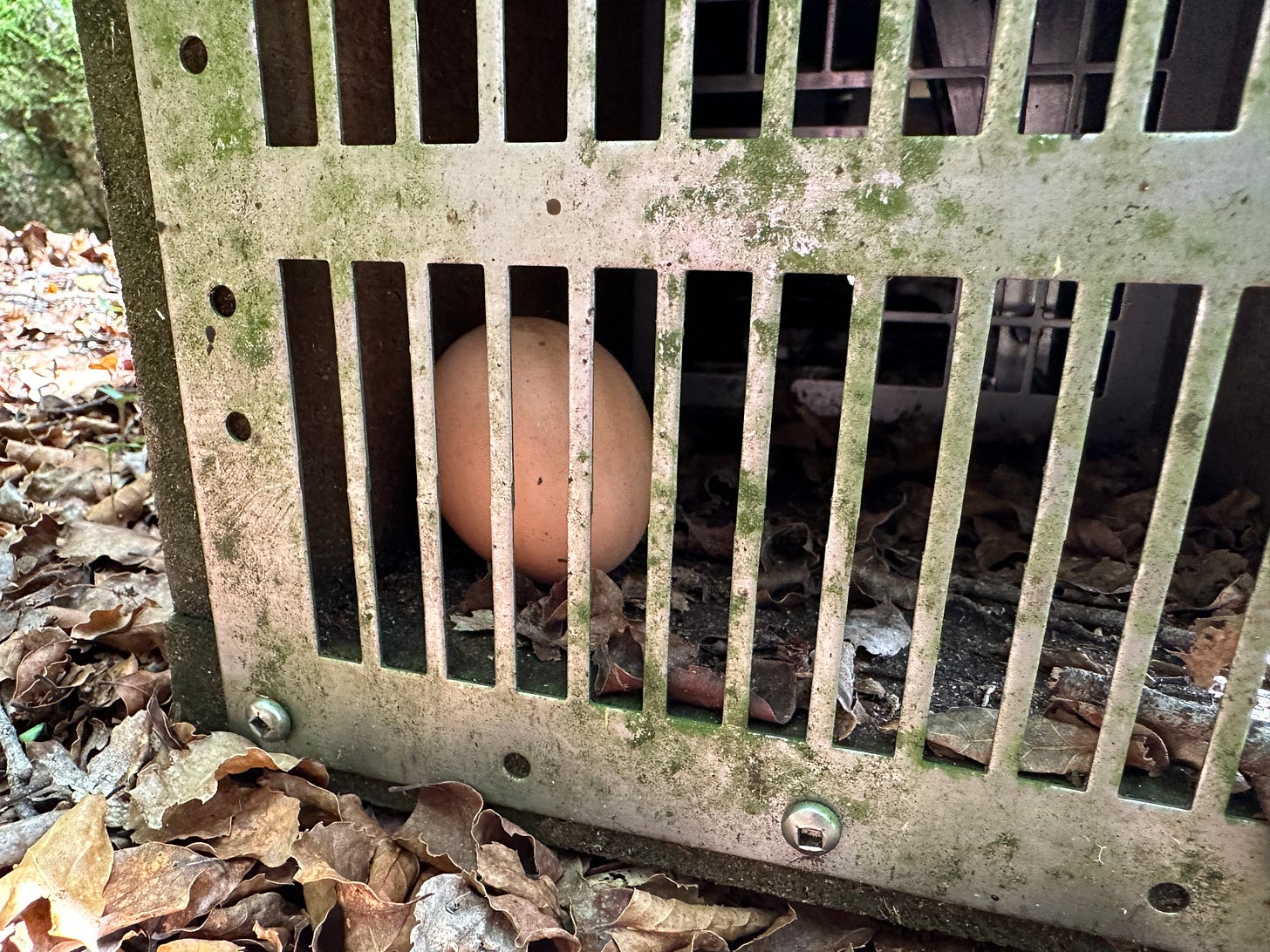
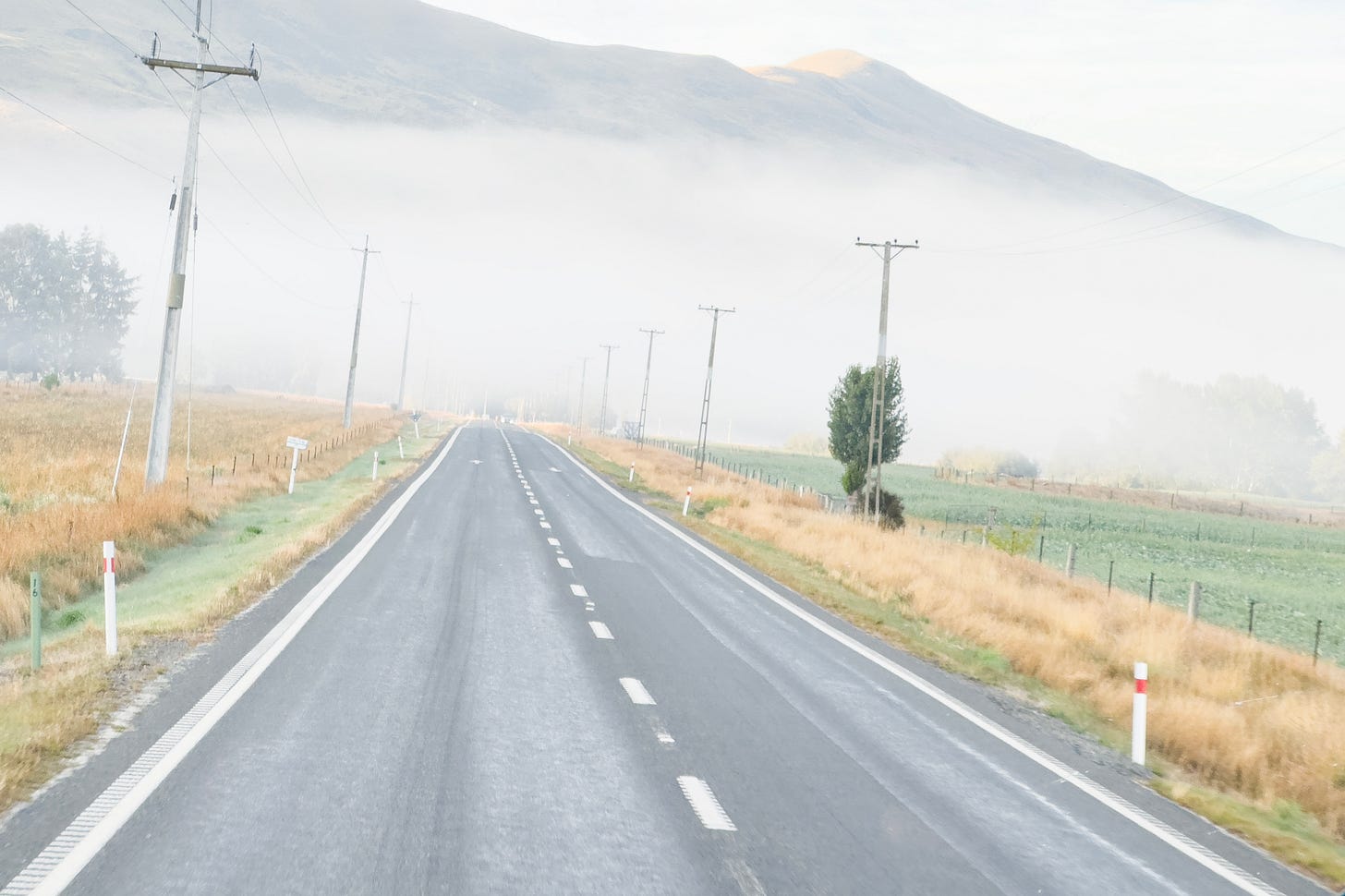

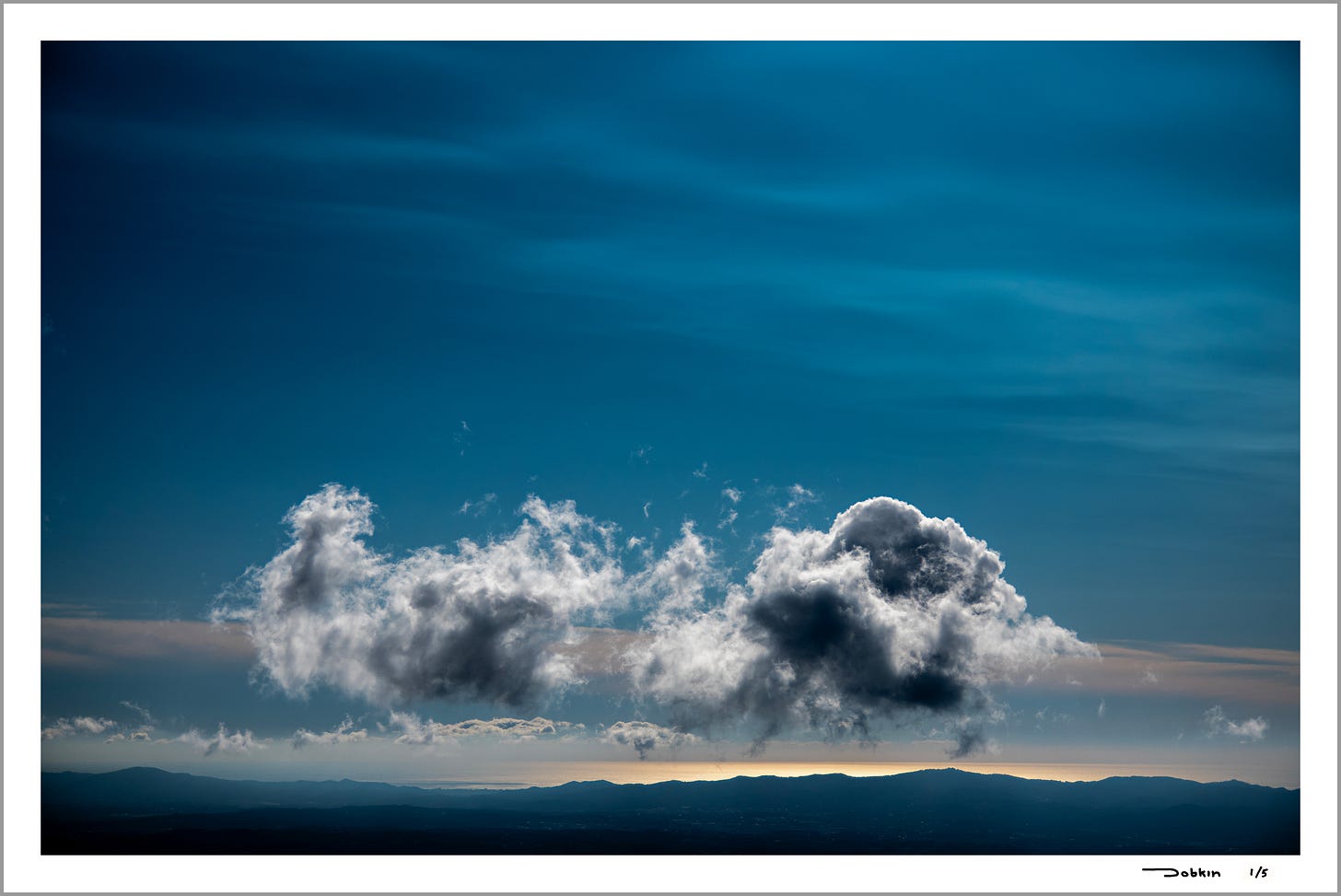

Fantail is a beauty!
Kea is superb! And not to state the obvious, but allow me to anyway: the continued folly of humans to think they can control nature. I'm glad you didn't run that bugger over. Hand to Hand, or bow and arrow, or nothing, I say.